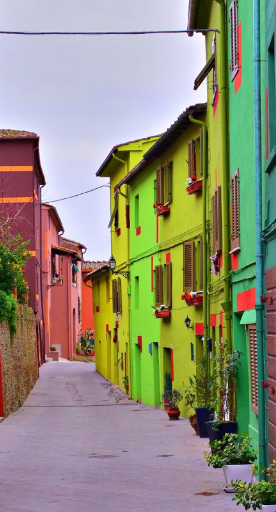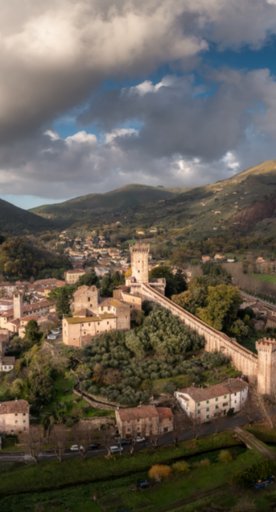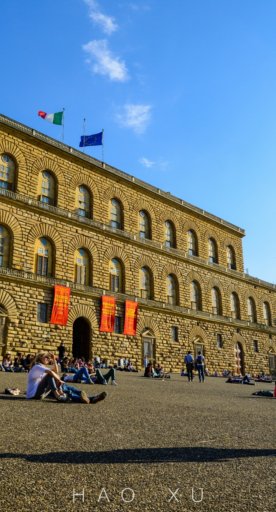

The EX-VOTO tradition in Tuscany
A history of gratitude, miracles and art
Ex-voto is the short version of Ex voto suscepto: "by reason of the vow made."
But what is an ex-voto is exactly? It is a votive offering to a saint, divinity or the Virgin Mary, given as a gesture of gratitude or devotion, in fulfillment of a vow, after a close shave, a cured illness, or a dangerous accident.
Ex-voto are placed in churches and chapels and have a wide variety of forms and usually represent the “story” behind the received miracle: paintings showing the accident, plaques, model boats, war medals, body parts reproductions, crutches, plasters, or, more recently in modern times, helmets.
Some saints or sacred images have been traditionally considered more “miraculous”, therefore their churches, chapels and sanctuaries host ex-voto in large numbers.
Here are the 3 places in Tuscany that help better know and understand this interesting and fascinating tradition.
-
1.Santuario della Madonna di Montenero – Livorno
-
2.Santuario di Santa Maria a Romituzzo – Poggibonsi
-
3.Santuario della Madonna delle Grazie – Capoliveri
Santuario della Madonna di Montenero – Livorno
Built in 1721, on the site of a “miracle”, the Sanctuary of Montenero overlooks Livorno and the sea, but the amazing view is not the only reason to come and visit. Here the ex-voto tradition really “talks” from every wall and room.
There are so many votive offerings that there is an actual "Gallery of ex-voto", a museum, with over 600 pieces, mainly related to life at sea. Some ex-voto have a remarkable artistic value and are significant examples of popular art of the 18th and 19th centuries: paintings (including one by Giovanni Fattori), but also pictures, dresses, anatomical reproductions, and war heirlooms. Walls full of objects and history, as modern life has progressed from the paintings illustrating carriages accidents to the more modern helmets.
Santuario di Santa Maria a Romituzzo – Poggibonsi
A lot of miracles are attributed to the Madonna del Romituzzo… or at least this is what we can gather from the unbelievable number and kinds of ex-voto that line the walls of the chapel: over 5000 anthropomorphic pieces made of papier-mȃché: legs, feet, arms, heads, faces.
South of Poggibonsi, this sanctuary was a simple tabernacle in 1300s, but the image of the “Madonna con Bambino” became so venerated that a first chapel was built at the beginning of the 15th century and later enlarged. During the last renovation (in 1994) of the building, the ex-voto have been completely restored and classified.
Santuario della Madonna delle Grazie – Capoliveri
A sanctuary on Elba island, near Capoliveri, built during the 16th century with a Latin cross plan, Allori frescos on the ceiling, an organ and a famous 18th century painting of the Holy Family (known as Our Lady of Silence) by Marcello Venusti: a venerated image and the reason why this sanctuary has always been a popular pilgrimage site.
The sacristy hosts numerous ex-voto and, being on an island, the themes of sea life, sea accidents, sea miracles are the most represented.















































































